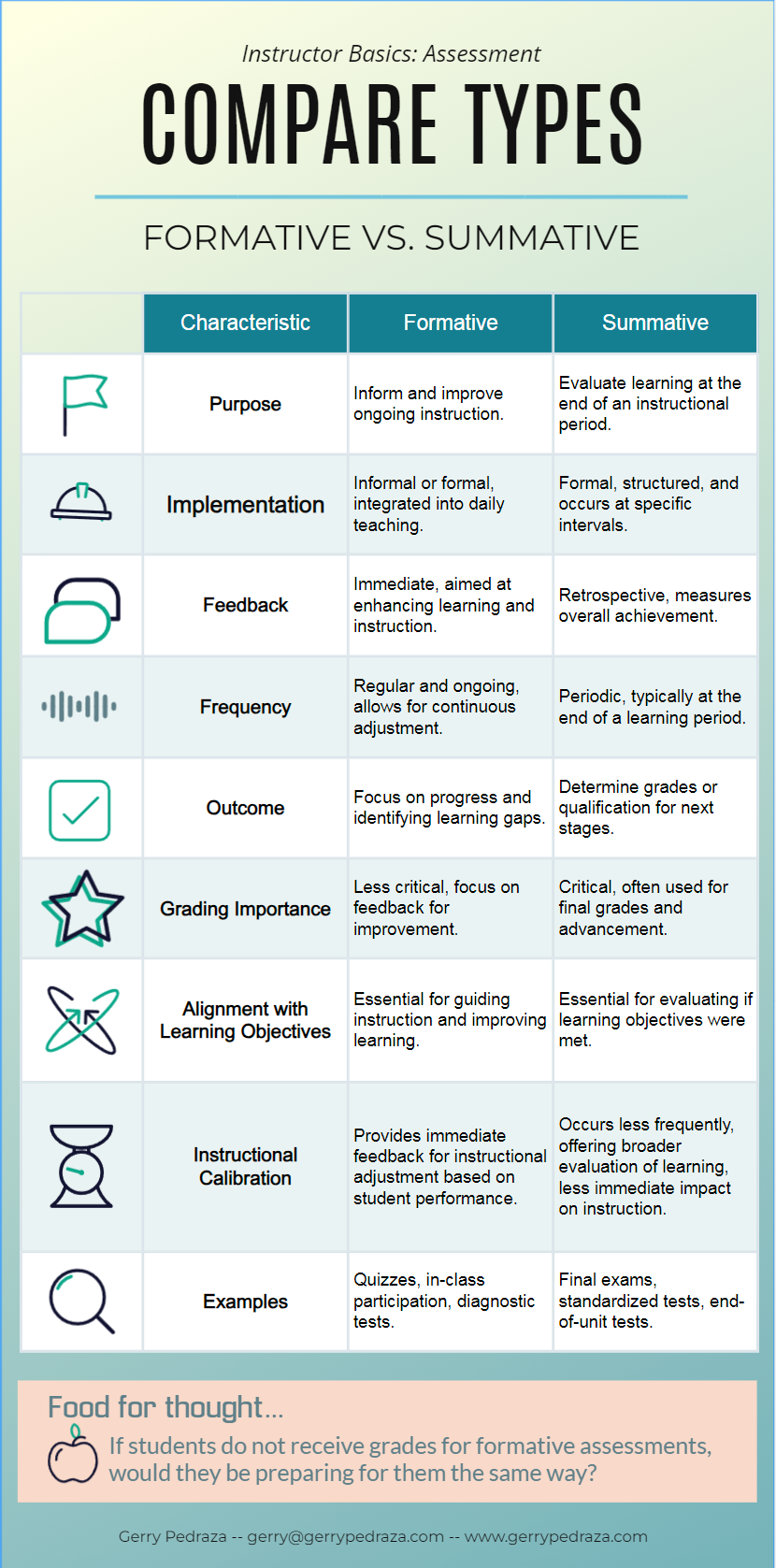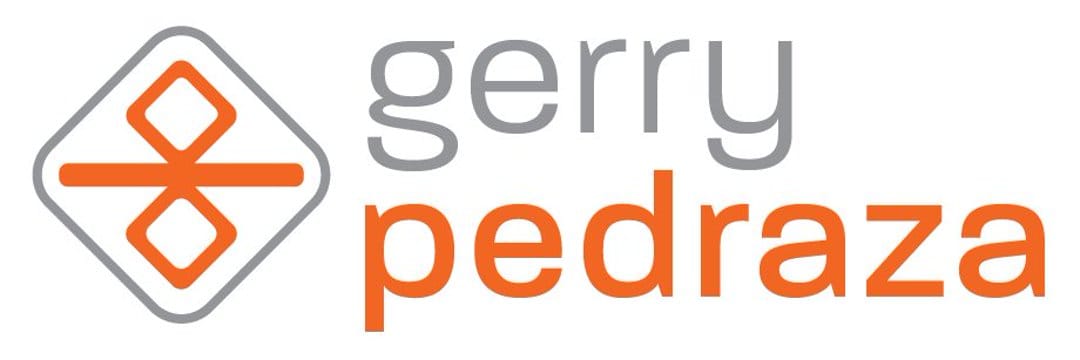Grading Formative Assessments: The Pragmatic Taboo in Education
How do you navigate the balance between the diagnostic purpose of formative assessments and the motivational impact of grades in your practice?

Introduction
In the educational landscape, the grading of formative assessments presents a paradox. Traditional pedagogy recommends against grading these assessments, arguing they should serve purely for learning enhancement. Yet, this approach may inadvertently strip formative assessments of their relevance, as students might not engage with them as seriously, undermining their potential impact.
Introducing grades to formative assessments transforms them from mere academic exercises to critical components of the learning process. This change encourages students to prepare more diligently and engage more deeply with the material. Baleni (2015) highlights that the engagement and effectiveness of formative assessments significantly increase when students perceive them as integral to their academic success, underscoring the potential benefits of this approach.
Overview of Formative and Summative Assessments
Formative assessments are tools for navigating both the teaching and learning experiences, offering immediate feedback for students to know their level of mastery of the content and continue their learning journey, and at the same time for instructors to refine instructional strategies and improve learning materials. Summative assessments, meanwhile, serve as benchmarks of academic achievement, gauging cumulative knowledge and skills. Kibble (2017) emphasizes the critical importance of aligning these assessments with learning outcomes to ensure they meaningfully measure and support student progress. The adaptability of formative assessments is crucial for tailoring teaching to student needs, an advantage that should be fully leveraged through thoughtful grading practices.

Challenges and Considerations
Navigating the grading of formative assessments requires careful consideration to maintain their instructional value while enhancing their relevance through grading. This delicate balance seeks to motivate students through grades without compromising the rich feedback formative assessments offer.
Conclusion
The debate over grading formative assessments invites educators to rethink established norms, considering the potential of grades to enhance engagement and learning. This dialogue is crucial for evolving educational practices to better meet the needs of today's learners.
References
Baleni, Z. G. (2015). Online formative assessment in higher education: Its pros and cons. The Electronic Journal of e-Learning, 13(4), 228-236. Retrieved from http://www.ejel.org
Kibble, J. D. (2017). Best practices in summative assessment. Advances in Physiology Education, 41(1), 110–119. https://doi.org/10.1152/advan.00116.2016




